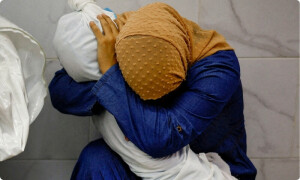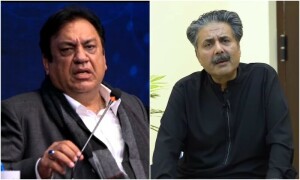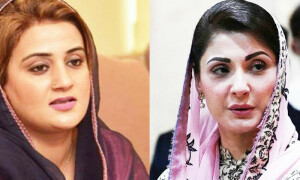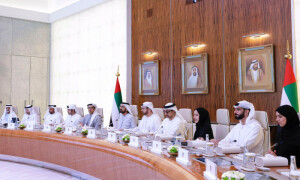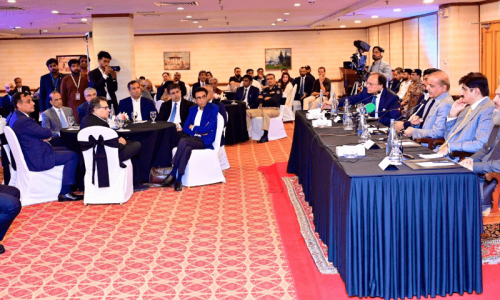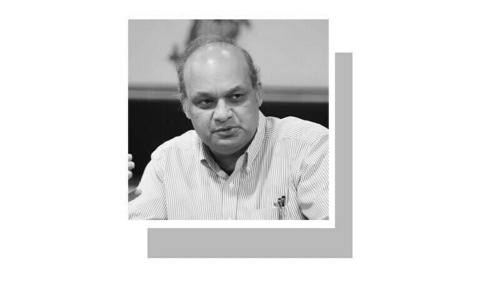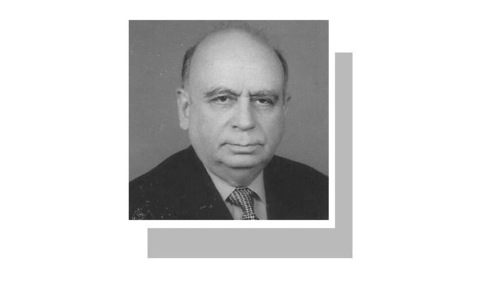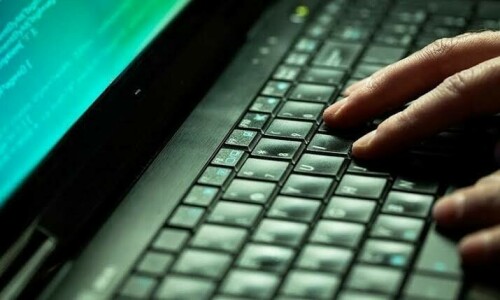TEHRAN: Iran and the UN atomic agency on Sunday announced the IAEA would keep up surveillance of Tehran’s nuclear activities, soothing a sore point in talks to resuscitate a 2015 deal to curb its programme.
With negotiations in Vienna between Iran and world powers deadlocked, the steps hashed out with International Atomic Energy Agency chief Rafael Grossi on a visit to Tehran leave a chink of hope for US President Joe Biden’s ambition to restore the agreement, known as the JCPOA.
Since Donald Trump’s administration walked away in 2018, Iran has also retreated from many of its commitments.
In a joint statement on Sunday, Grossi and Iranian Atomic Energy Organisation (AEOI) chief Mohammad Eslami — also one of the country’s vice presidents — hailed a “spirit of cooperation and mutual trust”, while noting that surveillance was an issue to be treated “exclusively in a technical manner”.
Eslami welcomed “good and constructive negotiations with Mr Grossi”, while again insisting on the “technical” nature of the bargain, Iran’s official IRNA news agency reported.
Their deal relates to limits Iran has imposed on the IAEA’s ability to monitor various of its nuclear facilities.
Iran has refused to provide real-time footage from cameras and other surveillance tools that the UN agency has installed in these locations.
Under a compromise deal, the monitoring equipment remains in the agency’s custody but the data is in Iran’s possession, and must not be erased as long as the arrangement remains in force.
Initially agreed for three months, the compromise was extended by another month and then expired on June 24.
With no word on next steps, the IAEA said in a statement last Tuesday that its “verification and monitoring activities have been seriously undermined” by Tehran’s actions.
But under Sunday’s agreement, “IAEA’s inspectors are permitted to service the identified equipment and replace their storage media which will be kept under the joint IAEA and (Iran’s) AEOI seals in the Islamic Republic of Iran,” the joint statement said.
“The way and the timing are agreed by the two sides.”
The surveillance issue had heightened tensions when the new government of President Ebrahim Raisi was taking charge in Tehran.
Published in Dawn, September 13th, 2021






